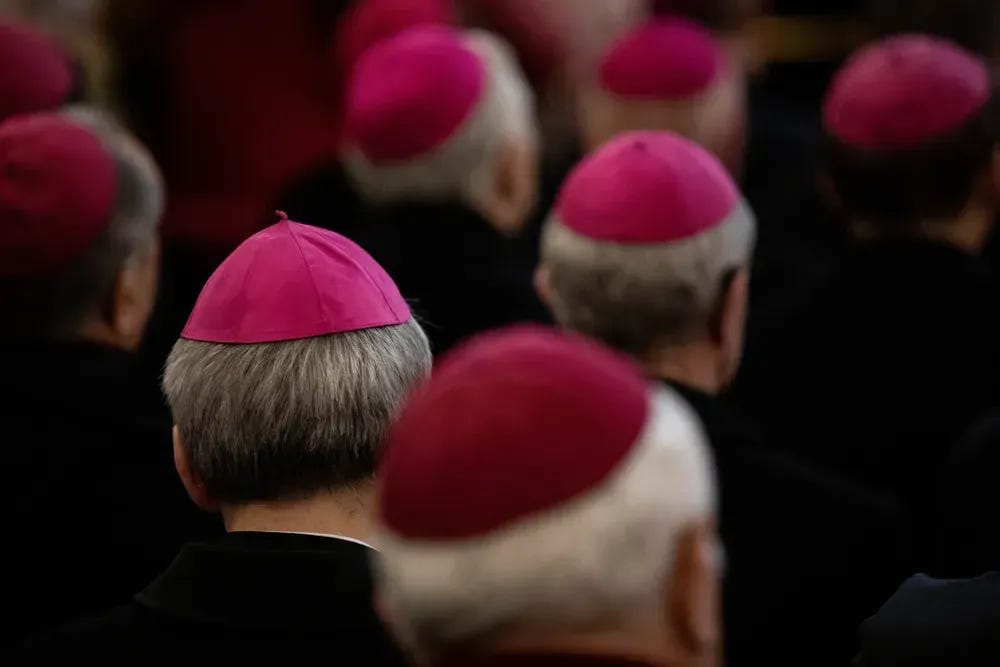A crowded field in the USCCB's open race
U.S. Catholic bishops will elect new leadership in November. The election could say a lot about the state of the USCCB - and its future.

When the U.S. bishops’ conference meets next month for its annual fall plenary meeting, the bishops will hold a leadership election that promises to be among the most interesting in more than a decade, as the USCCB vice president will not be the favorite, or even a candidate, in the conference presidential election.
Without the customary expectation that…
